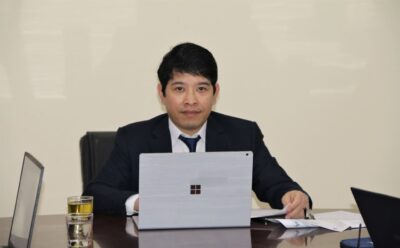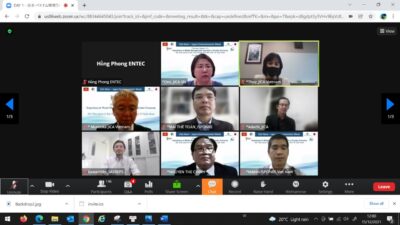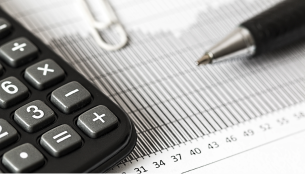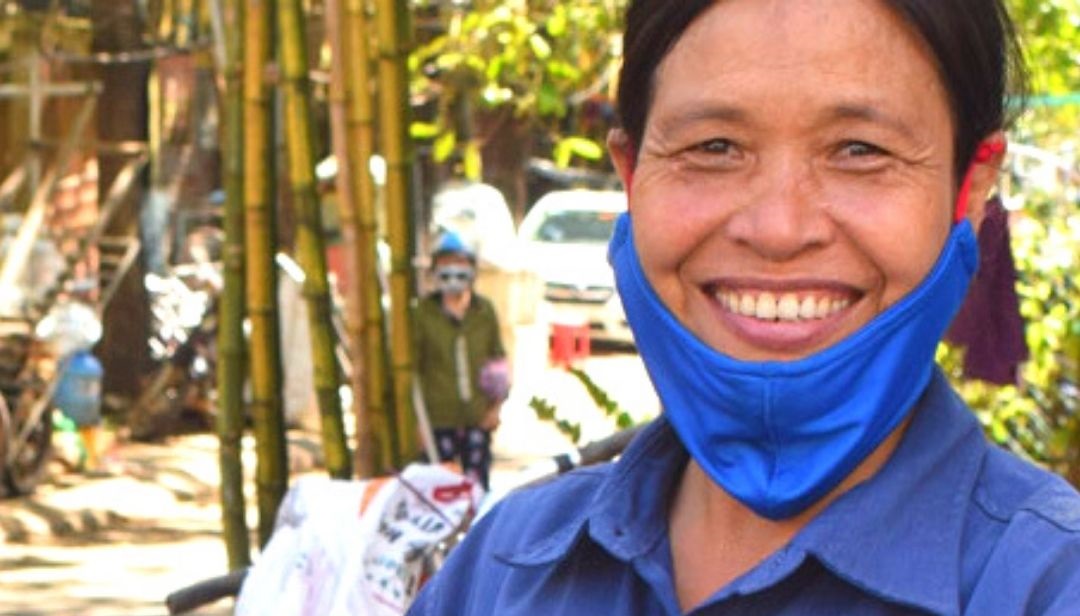NEW APPROACHES IN DEVELOPING, SOLVING WASTE PRESSURE
Strong socio-economic development, urbanization and industrialization are creating pressure to increase waste. Waste treatment in Viet Nam is a dilemma compared to practical requirements, especially solid waste. Most of the waste in Viet Nam is currently treated in the form of landfill and has not been sorted at the source, in which, the composition of waste is very diverse, there are types that can be recycled… Specifically, the ratio burial of domestic solid waste still accounts for a high proportion, about 70% compared to other measures.
Talking about this situation, Mr. Lai Van Manh, Head of Department of Economic of Natural Resources and Environment, Institute of Strategy and Policy on natural resources and environment, said that according to 2019 data, the amount of waste generated per capita about more than 1kg and this trend continues to increase sharply, especially in areas with strong economic and industrial conditions.
Viet Nam’s municipal solid waste is forecast to reach 54 million tons by 2030 (up 73% compared to 2018). In which, the main waste components are organic materials and inorganic waste.
This fact has posed the problem of solving the waste treatment so that the waste no longer causes many consequences for the environment and social irritation. The target is that solid waste becomes an input material for economic activities.
According to experts, if Viet Nam does not change its growth model and change methods to solve economic development problems with the environment, Viet Nam will face many problems, especially pressure on land for treatment. waste management and environmental security… in development.
That is the driving force for Viet Nam to choose to implement the circular economy. Through practice in other countries and Viet Nam, the most effective approach is to encourage the use of a circular economy model instead of a linear economy model to solve the waste problem.
Nguyen Dinh Tho, Director General of the Institute of Strategy, Policy on natural resources and environment, emphasized that this is an alternative approach to the linear economy model, which is assessed by the United Nations and many organizations around the world as the best way to best to break the long-standing link between economic growth and environmental pollution.

(Assoc. Nguyen Dinh Tho, Director General of ISPONRE)
Accordingly, the circular economy is not only the recycling of waste, considering waste as a resource, but also the connection between pre-calculated economic activities, forming closed loops in the economy. Since then, the circular economy helps to reduce resource exploitation, limit waste to the environment, but still promote economic development. Mr. Tho said that, compared with the traditional linear economy, the circular economy model brings many benefits to the country, community and businesses.
BREAKTHROUGH IN THE DEVELOPMENT OF CIRCULAR ECONOMY
The document of the 13th National Party Congress, the Socio-Economic Development Strategy for the period of 2021-2030 and a vision to 2045 has affirmed the promotion of the development of a circular economy model for integrated and comprehensive use. output efficiency of the production process.
In particular, the Law on Environmental Protection in 2020 has its own provisions regulating the circular economy. Besides, there are many related regulations on this issue such as classification of domestic solid waste at source; calculate the cost of collection, transportation and treatment of domestic solid waste based on volume and volume; Extended producer responsibility, importers and exporters of waste, recycling and reuse…
Mr. Tho informed that the Ministry of Natural Resources and Environment is presiding over and coordinating with relevant agencies and units to develop a draft Decree detailing a number of articles of the Law on Environmental Protection, including specific regulations about criteria, roadmap, mechanism to encourage the application of circular economy; national plan on circular economy in Viet Nam.
It can be seen that the circular economy has appeared and gradually become popular in Viet Nam’s guiding documents. Mr. Manh said, in the Law on Environmental Protection, circular economy is defined as an economic model in which design, production, consumption and service activities aim to minimize the exploitation of raw materials, prolong product life cycle, reduce waste generated, minimize adverse impact on the environment. The law also stipulates the responsibilities of ministries and localities to integrate circular economy in planning strategies, development plans, waste management, waste recycling, etc.
In addition, production, business and service establishments must be responsible for implementing measures to exploit and use raw materials to reduce waste, increase the rate of recycling and reuse of waste from the project construction process, production organization, product distribution, consumption. In addition to the circular economy provision, the Law on Environmental Protection also contains other policy instruments to promote the implementation of the circular economy in Viet Nam.
Mr. Manh affirmed that all policies are aimed at promoting the transition to green, environmentally friendly behavior, recycling and reuse of waste in the economy.
According to experts, introducing the concept of “circular economy” and the revised Law on Environmental Protection is one of the breakthroughs in Viet Nam’s environmental policy. However, realizing and transforming a linear economy into a circular economy requires a rigorous regulatory framework that allows all sectors of the economy to apply the model in designing, production, and manufacturing of products, provision of services, consumption and disposal of waste.

(Delegates attending the Webinar)
Sharing an overview of basic environmental laws to establish a recycling-based circular society, Mr. Takashi Togi, Japan’s Environment Ministry, said that Japan has two big laws: the Law on Environment, and the Law on Environment. That includes building a sustainable material-cyclic society. One of the important principles to build a material-cyclic society is to reduce, reuse, and recycle waste.
Currently, many organizations and countries apply the circular economy, offering content appropriate to their context. Japan is participating in a global alliance of circular economy and resource efficiency in which there are 16 countries…
The representative of JICA Viet Nam Office hopes that Japan’s experiences in promoting circular economy, through strengthening cooperation of the central government with localities, strengthening effective partnership with the private sector. and attract consumers, will help Viet Nam in formulating and implementing circular economy policies.













